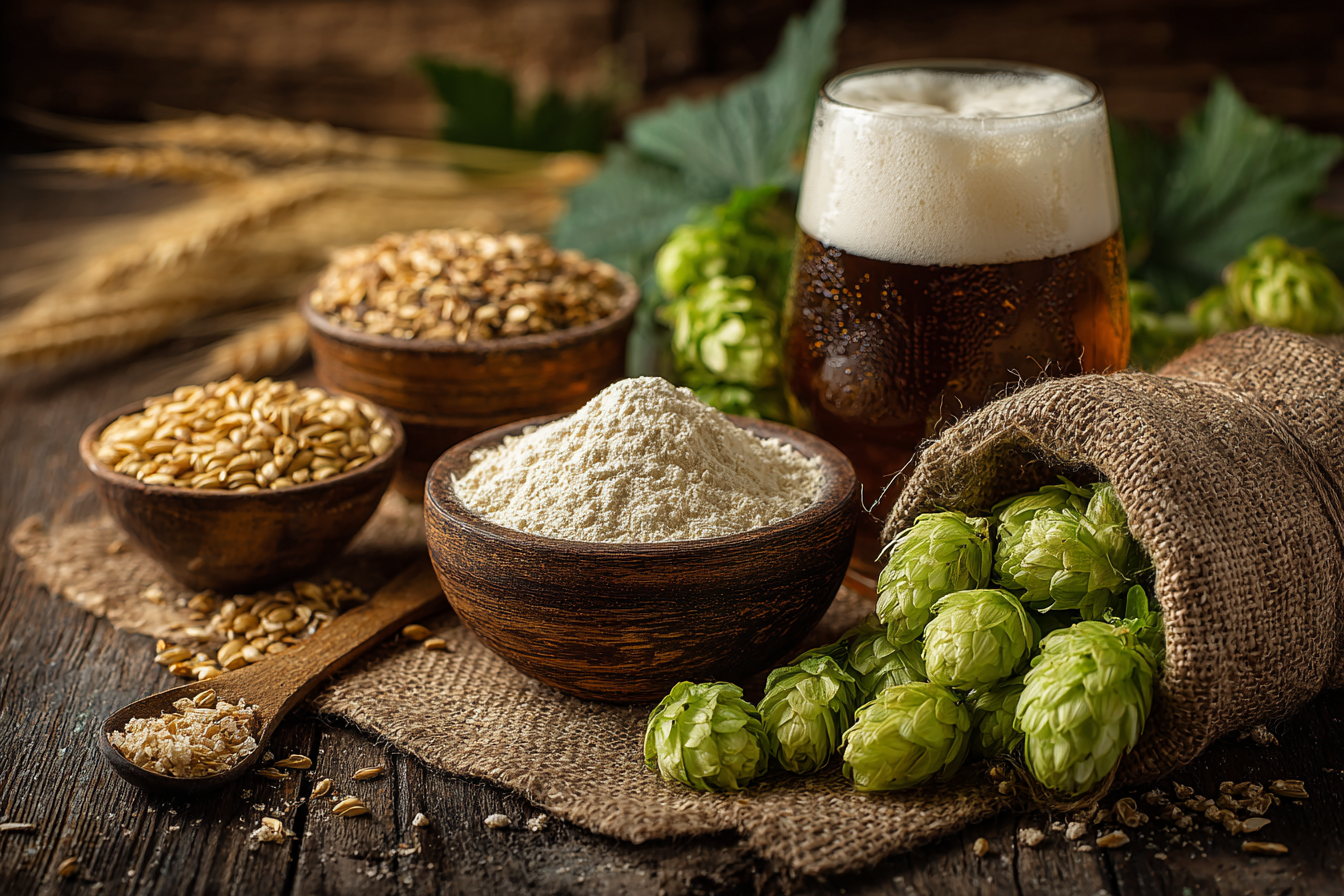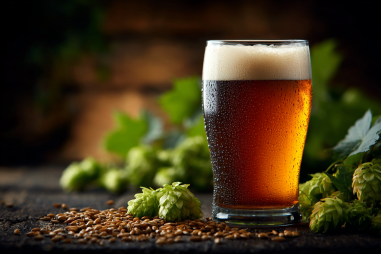Italian Pilsners have steadily gained popularity around the world, celebrated for their crispness, balanced bitterness, and subtle aromatic qualities. While this style draws inspiration from classic European Pilsners, what truly sets an Italian Pilsner apart is the careful selection and combination of brewing ingredients. From the variety of malts and hops to the unique yeast strains and water profiles, every component is thoughtfully chosen to craft a refreshing beer that carries a distinct Italian twist. If you’re curious about what goes into brewing an authentic Italian Pilsner, let’s dive into the core ingredients and their roles in shaping this exceptional beer.
Understanding Traditional Beer Ingredients
Before delving into the specifics of Italian Pilsner brewing ingredients, it’s important to have a basic understanding of what makes up any beer. Fundamentally, beer is brewed from four essential ingredients:
- Malt: Provides fermentable sugars, flavor, and color.
- Hops: Contribute bitterness, aroma, and act as a natural preservative.
- Yeast: Responsible for fermentation, converting sugars into alcohol and carbon dioxide.
- Water: Makes up the majority of the beer and influences taste due to mineral content.
Each component is crucial in achieving balance, flavor profile, and overall quality. Italian Pilsners, as a clean and refreshing style, rely heavily on selecting these ingredients with precision.
Types of Malt Used in Italian Pilsners
Malt forms the backbone of any Pilsner, and Italian brewers typically opt for pale malts that complement the beer’s light, crisp nature. The most common malt used is Pilsner malt, a lightly kilned malt that imparts a delicate sweetness and a pale golden color. This malt helps maintain the beer’s clarity while providing a mild grainy character that doesn’t overpower the hops.
In some cases, brewers may incorporate small amounts of Vienna or Munich malt to add a subtle depth of flavor or enhance malt complexity, but the emphasis is predominantly on maintaining a clean malt profile. The careful malt selection ensures that the beer remains light-bodied, allowing the hops and yeast characteristics to shine.
Hop Varieties Commonly Chosen for Aroma and Bitterness
Hops are a defining feature of any Pilsner, and Italian Pilsners often utilize noble hop varieties that boast floral, spicy, and herbal aromas. Traditional hops such as Hallertau, Saaz, and Tettnang are favorites for their mild bitterness and pleasant aromatics. These hops offer the signature crisp bitterness that balances the malt sweetness perfectly without being overwhelming.
Italian brewers sometimes incorporate local or European hop cultivars to bring a unique character to the beer. The goal is to achieve a harmonious bitterness typically ranging from 30 to 40 IBUs (International Bitterness Units), which promotes refreshment and drinkability. The hop profile emphasizes aroma and flavor over intense bitterness, making the beer versatile for various palates.
Yeast Strains and Their Role in Fermentation
Yeast is a critical yet often overlooked ingredient that greatly influences the final flavor of an Italian Pilsner. Lager yeast strains, specifically Saccharomyces pastorianus, are used for their ability to ferment cleanly and produce a crisp, well-attenuated beer. These yeast strains ferment at lower temperatures than ales, typically between 7 to 13°C (45–55°F), allowing for slower fermentation and the development of subtle, refined characteristics.
The fermentation process with these yeasts results in minimal fruity esters or phenolic flavors, ensuring that the beer’s profile remains clean and focused on malt and hop balance. Some Italian brewers might experiment with proprietary yeast blends or incorporate a slightly warmer fermentation to add a hint of softness or complexity, but traditional lager yeast remains the cornerstone.
The Importance of Water Quality and Mineral Content
Water, the primary ingredient by volume, plays a surprisingly influential role in defining an Italian Pilsner’s character. The mineral content of the water affects everything from mash efficiency to mouthfeel and perceived bitterness. Italian pilsners typically benefit from soft to moderately hard water, with a balanced sulfate-to-chloride ratio.
- Sulfates: Increase hop bitterness and crispness.
- Chlorides: Enhance malt sweetness and fullness.
Italian brewers often source water with a moderate mineral profile or treat their brewing water to replicate this balance. Soft water with moderate sulfates helps deliver the distinctive dry and refreshing finish typical of a Pilsner, while enough chlorides prevent the beer from becoming too sharp or thin. Additionally, pH levels are carefully controlled during the mash to optimize enzyme activity and ensure consistency in flavor extraction.
How Ingredients Influence the Final Product
The true magic of an Italian Pilsner emerges from the synergy of its ingredients. The use of light Pilsner malt keeps the beer pale and delicate, allowing malt sweetness to be just enough to provide body without heaviness. Noble and select hop varieties contribute a crisp bitterness and aromatic profile that invoke freshness and balance. Meanwhile, fermentation with clean lager yeast produces a smooth, approachable character without unwanted esters or off-flavors.
Water chemistry stabilizes the flavor balance, sharpening bitterness where needed and rounding mouthfeel appropriately. Together, these factors craft a beer that is refreshing, easy to drink, and perfectly poised—ideal for warm weather and social occasions. The attentive ingredient choices ensure that the Italian Pilsner remains true to its roots while highlighting subtle nuances inspired by Italy’s unique brewing landscape.
Finding the Right Ingredients for Quality Italian Pilsners
For brewers aiming to create an authentic Italian Pilsner, ingredient selection is crucial and can’t be overlooked. Starting with high-quality Pilsner malt as the foundation sets the stage for a delicate yet flavorful beer. Choosing noble hop varieties or quality European hops will bring the right balance of bitterness and aroma without overpowering the palate.
Using a clean lager yeast strain appropriate for low-temperature fermentation ensures the beer develops characteristic clarity and smoothness. Finally, attention to water profile and its mineral content allows brewers to fine-tune the crispness and mouthfeel that define this style.
Ultimately, understanding these ingredients and their interplay provides brewers and enthusiasts alike the knowledge to appreciate and produce Italian Pilsners that stand out for their exceptional balance, refreshing taste, and cultural authenticity. Whether you’re a homebrewer or just a curious beer lover, exploring these key elements offers an exciting glimpse into what makes Italian Pilsners truly special.







